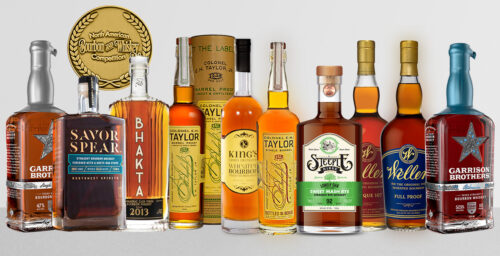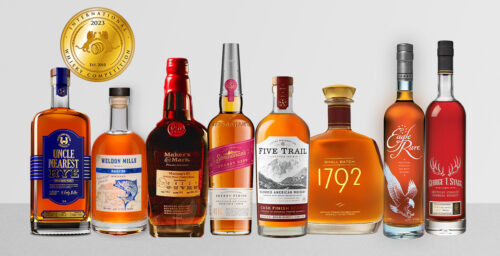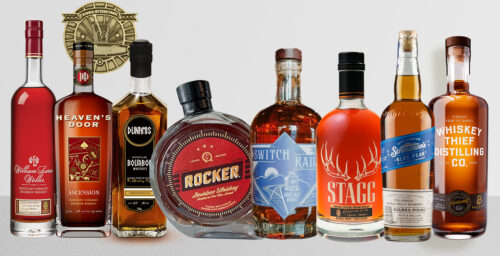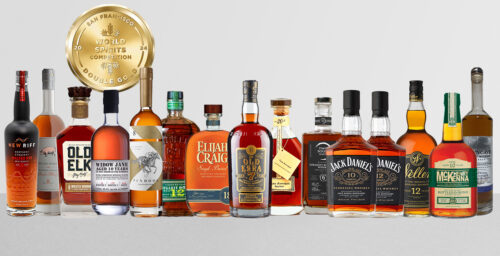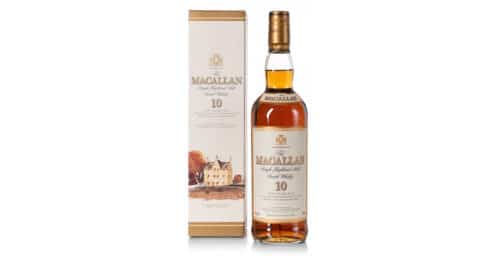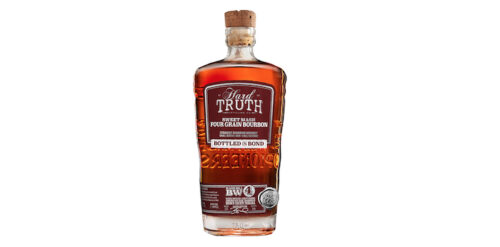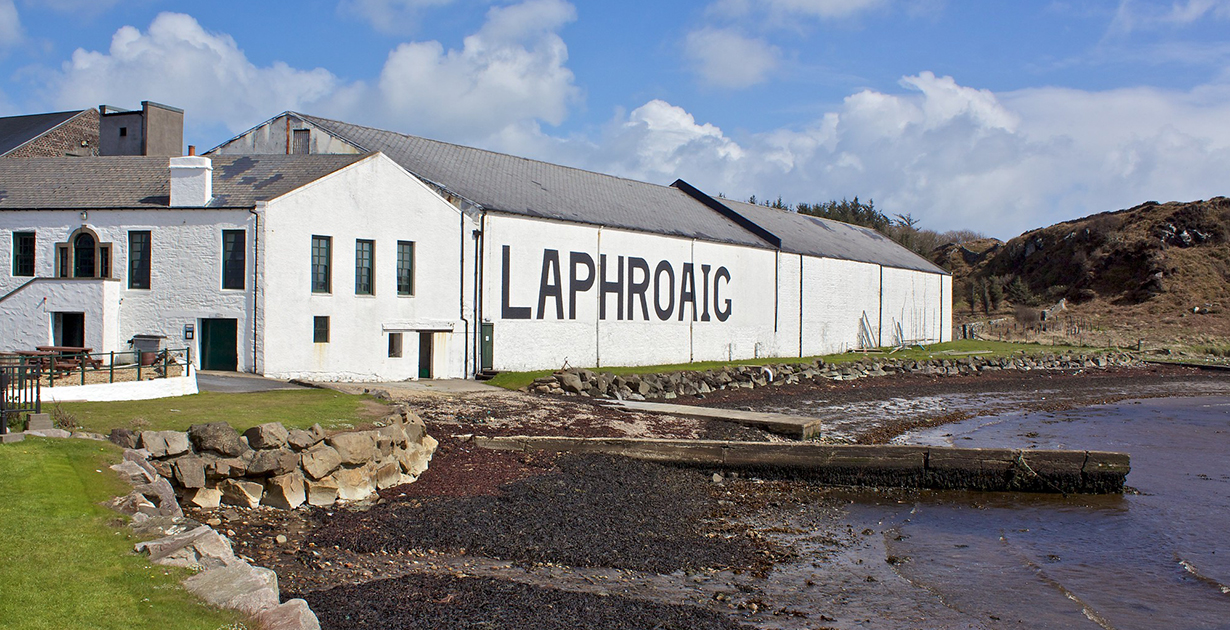
Renowned across the world for its signature flavours of iodine and smoke, Laphroaig embodies what we think of when it comes to Islay scotch whisky. Vintage expressions of the distillery’s long-lived core 10-Year-Old single malt, including the 1950-60s R. H. Elsbach & Co US Import bottlings, have inspired excitement amongst collectors and enthusiasts for decades.
This article explores Laphroaig’s long history including the period when it was under the management of Ian Hunter and, later, Bessie Williamson, the only woman to manage a whisky distillery in the 20th century.
Laphroaig: Early History
Located on Islay’s southern Kildalton coast, the Laphroaig distillery was founded by brothers Alexander and Donald Johnston in 1815. In 1836 Donald Johnston purchased Alexander’s share of the distillery for £350, taking full control of operations at the distillery.
Donald Johnston managed Laphroaig until 1847 when he died in a tragic accident falling into a vat at the distillery.
Following Donald Johnston’s death Laphroaig was operated by Walter Graham, the manager of the neighbouring Lagavulin distillery, until Donald’s son Dugald Johnston came of age in 1857.
From 1857, Laphroaig was operated by members of the Johnston family under the company name Dugald Johnston & Co. Dugald Johnston passed away without heirs in 1877, with ownership of Laphroaig passing between members of the Johnston family until Dugald’s sisters, Isabella Hunter and Katherine Johnston assumed ownership in 1907.
The Influence of Ian Hunter
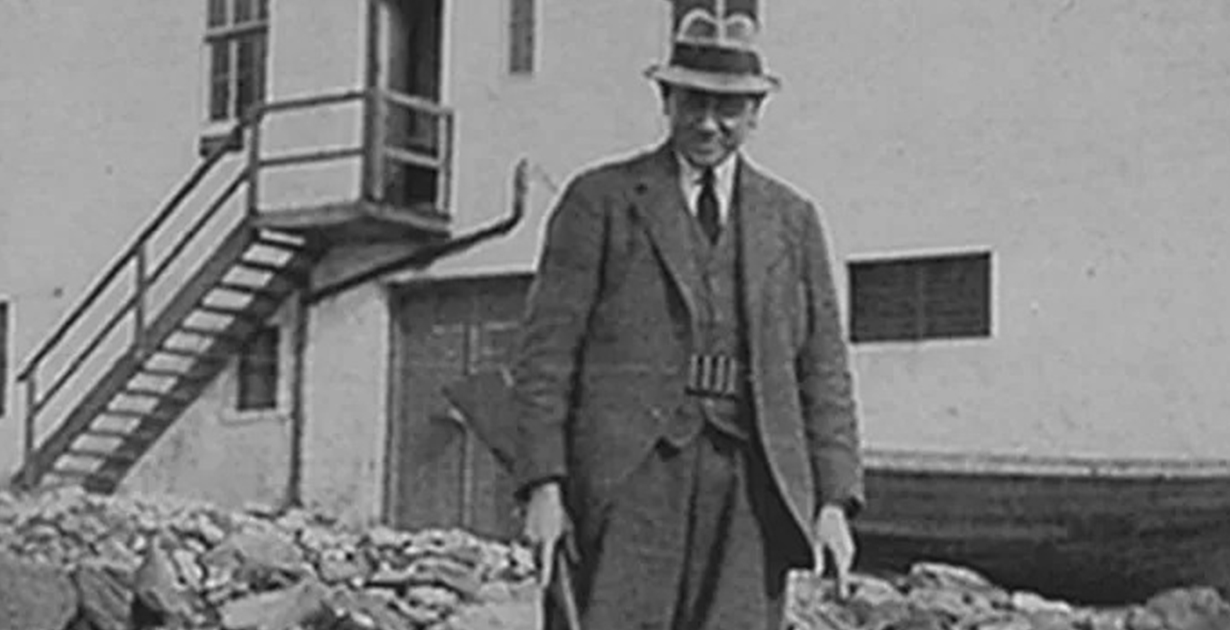
In 1908 Ian Hunter, the son of Isabella Hunter, arrived on Islay to assist his mother and aunt with distillery operations. He would go on to have a considerable influence on Laphroaig’s development.
By 1908 Laphroaig was selling a small portion of the distillery’s output as a single malt. However, an agreement with Peter Mackie of Lagavulin meant the majority of Laphroaig’s output was purchased at a favourable rate for blending by Mackie & Co.
Following a court battle, Hunter was able to end the agreement. Peter Mackie retaliated by blocking Laphroaig’s water source, the Kilbride Stream until a further court case ordered that the water supply be restored to Laphroaig.
The financial impact of these legal disputes with Peter Mackie did not stop Ian Hunter from pushing on with his expansion plans and, in 1924, he doubled the distillery’s output by increasing from two stills to four.
Laphroaig’s popularity began to grow across Europe, South America, and Canada. As a result, Ian Hunter was frequently travelling abroad on sales trips. By exploiting a legal loophole permitting medicinal alcohol, Ian Hunter famously exported Laphroaig to the United States at the height of American Prohibition.
Hunter famously convinced US customs officials that the pungent seaweed note of a Laphroaig malt was evidence of its high iodine content and medicinal properties.
As Laphroaig whisky was destined to supply American pharmacists, the US customs officers accepted Ian Hunter’s explanation and allegedly could not comprehend why people would wish to drink the whisky for non-medical purposes.
Visiting the US inspired Ian Hunter to pioneer the use of American white oak first-fill ex-Bourbon barrels for maturation.
In 1927, Ian Hunter assumed full ownership of Laphroaig following the deaths of his mother and aunt.
Laphroaig In World War II
Laphroaig ceased production and closed between 1941-42 due to the barley rationing and output restrictions imposed by the British Government during the Second World War.
Laphroaig was commandeered by the military during the war years, with Laphroaig House being used as a base for the RAF. The distillery itself was used for both munitions storage and as a barracks by the First Company of Royal Engineers after the Battle of Dunkirk.
Although distillation was halted Laphroaig was permitted to continue bottling, evidence of the high demand for Laphroaig’s malt amongst military personnel stationed in the UK during World War Two.
The wartime demand for Laphroaig, combined with halted distillation would leave a gap in Laphroaig’s warehouse stock inventory, making 1950s age statement bottlings extremely rare.
From 1944, Laphroaig was permitted to reopen and resume limited production, although production did not return to pre-war levels until the late 1940s.
Bessie Williamson
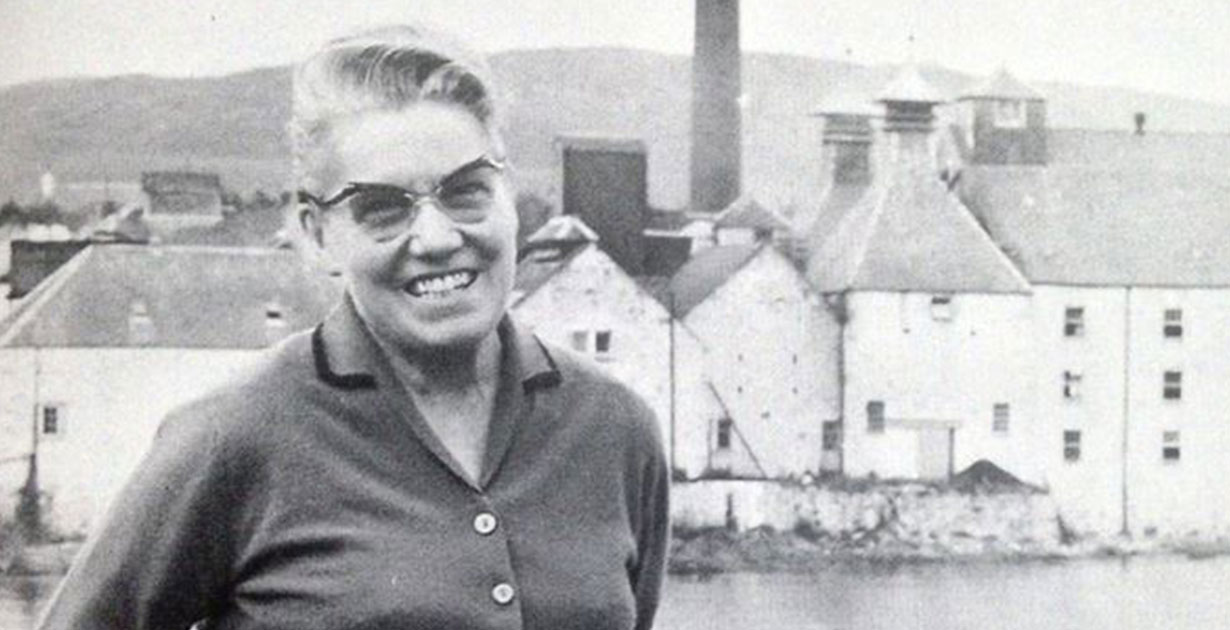
When Laphroaig reopened in 1944, Ian Hunter appointed Elizabeth ‘Bessie’ Williamson, his former secretary and assistant to manage the distillery. Before the outbreak of war, Hunter had suffered a stroke which left him in a wheelchair in 1938.
Bessie Williamson originally arrived on Islay in 1934, to apply for a typist position at Laphroaig after graduating from the University of Glasgow. She subsequently became Ian Hunter’s secretary and confidant managing Laphroaig whilst Hunter was abroad pursuing international sales.
In 1950, Ian Hunter founded D. Johnston & Company (Laphroaig) Ltd to secure Laphroaig’s ownership, appointing himself as managing director and Bessie Williamson as company secretary.
When Ian Hunter passed away in 1954, he bequeathed Laphroaig and the company assets to Bettie Williamson.
From 1954, Bessie Williamson became Laphroaig’s first female owner, and the only woman to manage a whisky distillery in the 20th century.
Bessie’s successful management of Laphroaig, combined with the curiosity value of being the only woman in a male dominated industry impressed the officials of the Scotch Whisky Association (SWA).
The SWA invited Bessie to tour North America as the SWA’s spokesperson between 1961-64, resulting in her becoming an instrumental figure in the global promotion of Scotch whisky in the latter half of the 20th century.
Bessie Williamson also became widely respected on Islay for her contribution to the island’s social life. She joined the Scottish Women’s Rural Institute and organized concerts, fetes, and tea parties often held in the community hall at Laphroaig.
Laphroaig’s Entry Into The Global Market
Recognising that Laphroaig required substantial investment to modernise production and increase warehousing capacity, Bessie sold a third share in the distillery to American distiller and beverage corporation, Seager Evans & Company, in 1962.
The sale was a calculated bid by Bessie Williamson to increase exports of Laphroaig to the global market, specifically the booming US market, utilising Seager Evans & Company’s distribution network.
In 1967, Seager Evans & Company fully acquired Laphroaig, although Bessie remained as chairman and managing director of D. Johnston & Company and held a seat on the Seager Evans & Company board.
A new still house was built at Laphroaig in 1967, increasing the stills from four to five. Additionally, it was also equipped with steam heating in place of direct coal-fired stills. Laphroaig expanded again in 1972 when the number of stills increased to seven. The retirement of Bessie Williams in 1972 heralded the end of a distinctive era in Laphroaig’s history.
Laphroaig In The Modern Day
In 1994 the future king, Prince Charles, awarded Laphroaig a Royal Warrant on account of it being his favourite single malt. The first modern whisky ‘members association’, the Friends of Laphroaig, was launched in 1994.
Laphroaig changed owners a number of times before being purchased by the American brand Jim Beam in 2005. This in turn led to Laphroaig passing into the ownership of the Japanese beverage company Suntory in 2014.
Laphroaig Timeline
1815 Brothers Alexander and Donald Johnston found Laphroaig.
1836 Donald buys out Alexander for £350 and takes full control of operations at Laphroaig.
1847 Donald Johnston is killed in an accident at Laphroaig. Walter Graham, the manager of Lagavulin manages Laphroaig for the Johnston family.
1857 Dugald Johnston takes over operations at Laphroaig. Laphroaig is subsequently operated by members of the Johnston family under the company name, Dugald Johnston & Co.
1877 Dugald Johnston passes away.
1907 Dugald Johnston’s sisters, Isabella Hunter and Katherine Johnston assume ownership of Laphroaig.
1908 Ian Hunter arrives on Islay, to assist in the running of Laphroaig.
1924 Laphroaig’s stills increase from two to four.
1927 Ian Hunter takes full ownership of Laphroaig.
1934 Elizabeth ‘Bessie’ Williamson arrives on Islay, to apply for a typist position at Laphroaig.
1938 Ian Hunter suffers a stroke, and appoints Elizabeth ‘Bessie’ Williamson to manage Laphroaig.
1941-42 Laphroaig ceases production and closes due to supply rationing and wartime restrictions. The Laphroaig distillery is requisitioned by the military.
1944 Laphroaig is permitted to reopen and resume limited production.
1950 Ian Hunter founds D. Johnston & Company (Laphroaig) Ltd.
1954 Ian Hunter passes away, and management of the Laphroaig distillery is taken over by Elizabeth ‘Bessie’ Williamson.
1961-64 Bessie Williamson is named North American spokesperson for the Scotch Whisky Association (SWA).
1962 Seager Evans & Company acquires a third share in Laphroaig.
1967 Seager Evans & Company fully acquire Laphroaig.
Laphroaig’s stills increase from four to five.
1972 Bessie Williamson retires.
Laphroaig’s stills increase from five to seven.
1994 The Friends of Laphroaig is founded.
Laphroaig is awarded a Royal Warrant from Prince Charles.
2005 Jim Beam acquires Laphroaig.
2014 Jim Beam and the company’s holding including Laphroaig are taken over by Suntory.

